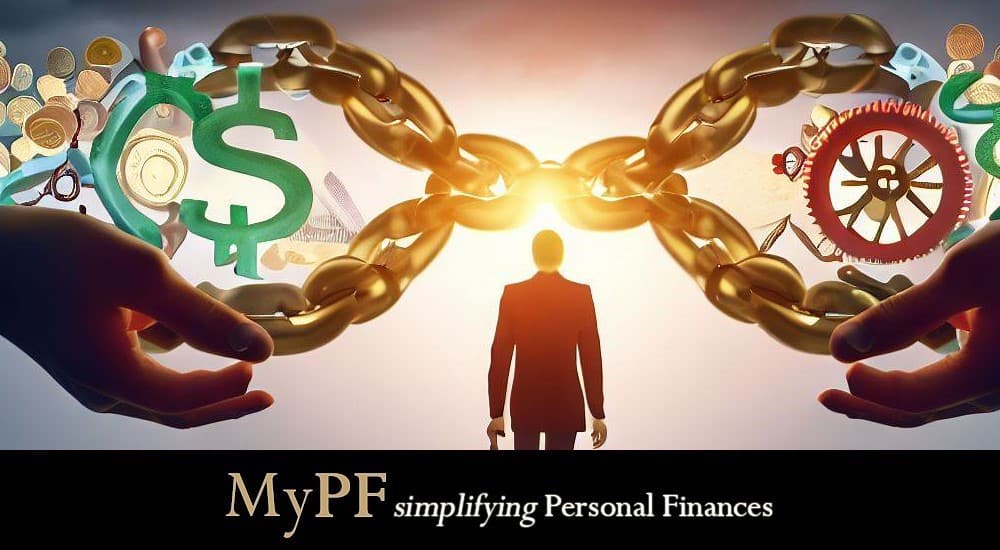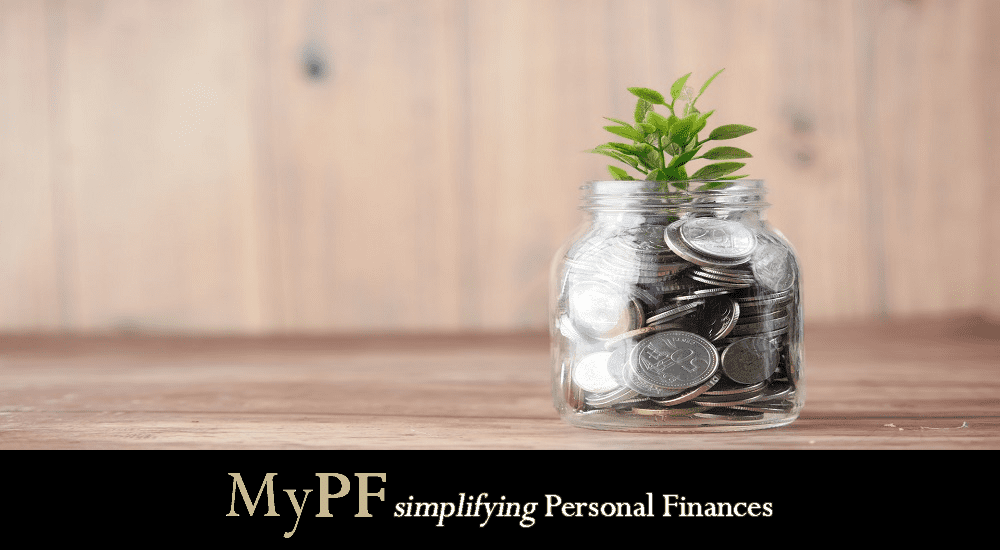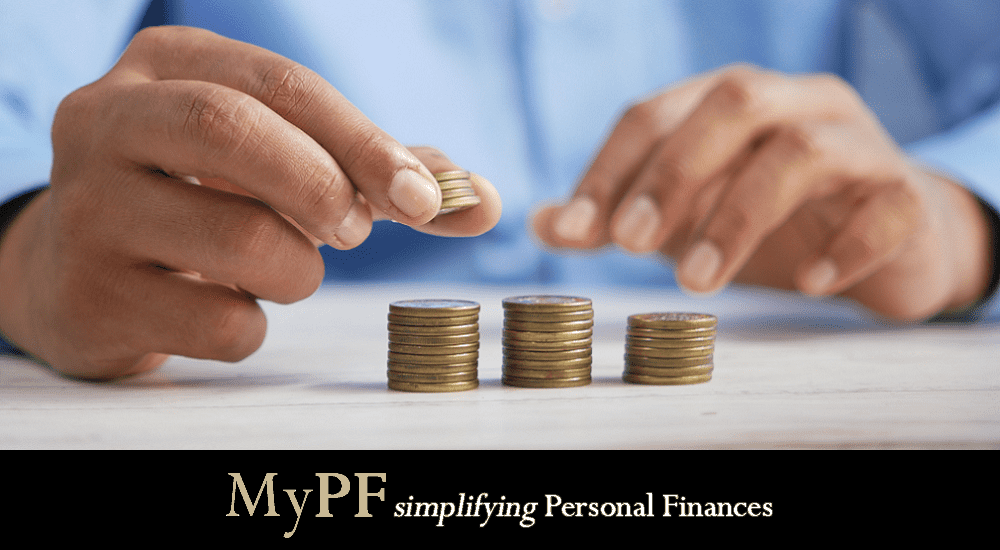Worried about what EPF is doing with your retirement savings? Here’s what you need to know about EPF’s investments.
Prime Minister Dato’ Seri Anwar Ibrahim recently encouraged EPF to increase its investments in the Malaysian market, and raise the percentage of domestic investments to from 64% currently to 70%.
You might be thinking how does that affect you, a regular Malaysian, and your retirement savings. Is this better or worse? Should you be happy or worried? Actually, where does the current 64% even go into?
EPF’s investments are not easy to understand, with its latest annual report 2021 being 300+ pages long and filled with technical finance jargon. Today, let’s delve into a simplified summary of how EPF’s investments work! Here are 5 key facts that you should know about them.
Contents
#1: EPF’s Dividends Typically Range from 5.2% to 6.9%
The first thing investors probably want to know is how much dividends EPF distributes. In that case, you can expect dividend yields from EPF to range between 5.2% to 6.9% based on the historical trend from 2010 onwards. In 2022, dividends from EPF amounted to about 5.4%.
EPF delivered the highest dividend of 6.9% in 2017, and the lowest dividend of 5.2% in 2020. Generally, you can expect that EPF will distribute high dividends when the stock market is doing well and vice versa. In 2020, EPF delivered its lowest dividends due mainly to the Covid-19 pandemic where most companies in the stock market did not do well.
However, even though there might be some years that EPF might distribute lower dividends, the dividend yield is normally higher than the fixed deposit rates. Based on data from the World Bank, deposit rates in Malaysia averaged around 2.8% compared to EPF’s average dividend yield of 6.4%.
#2: Investment Income Was Lower in 2022
Remember the point that EPF normally distributes more dividends if the stock markets are doing well and vice versa? 2022 was honestly a down year for EPF, hence its investment income was lower.
It declined by 19.7% to RM55.5 billion in 2022 from RM68.9 billion in 2021 and EPF had cited the following reason for the lower performance.
“High market volatility and lower valuations across equity and fixed income markets”
What did this really mean? Considering the time period, high market volatility then could be referring to the following three reasons:
- the Russia-Ukraine conflict,
- high inflation caused by higher global commodity prices (crude oil, gas, wheat, soybean, etc), and
- higher interest rates by central banks.
Hence, because of these events, valuations f stock and bond markets declined as many investors exited their investments.
Should we be worried then that EPF’s performance was down in 2022? While you may always want numbers to be up, up, up, the reality is that EPF’s investment income has always followed how the markets are performing. For example, investment income actually declined from RM53.1 billion in 2017 to RM49.4 billion and RM49.8 billion in 2018 and 2019 respectively before rising back up to RM55.7 billion in 2020. Ups and downs are common for EPF’s investments. No need to worry… yet.
#3: No, EPF Doesn’t Just Invest in Stocks
Contrary to popular belief, most of EPF’s investments are not actually in stocks. Fixed income or generally government and company bonds, encompasses about 47% of EPF’s investments, followed by stocks (42%), real estate & infrastructure (7%), and money market instruments (4%).
While fixed income makes up the majority of EPF’s investments, stocks contribute the most to investment income at RM30.5 billion or 55% of EPF’s investment income. Meanwhile, fixed income contributes RM18.2 billion or 33% of investment income.
There is one thing to understand from the dynamics of EPF investing in fixed income and stocks. Fixed income normally generate low returns but have much lower risks. Stocks on the other hand, generate higher returns but comes with higher risks too. Remember, there are no free lunches in this world.
#4: EPF Invests Mainly in Malaysia, But Increasingly So Overseas Too
This is a subject of intense debate in Malaysia. EPF has been gradually investing its funds overseas, with foreign investment share increasing from 27% in 2018 to 36% in 2022 and contributing 45% to investment income.
Returns are just higher in foreign investments with a return on investment of 9.3% in 2022 (EPF did not reveal the ROI on domestic investments for 2022). In 2020, foreign investments generated a ROI of 8.6% compared to domestic investments’ ROI of 5.0%.
While domestic investments still make up the majority of EPF’s investments at 64%, EPF is facing a conundrum in trying to generate more returns for Malaysians and also supporting the domestic market. With the recent news that the Prime Minister wants EPF to increase the share of domestic investments to 70%, EPF has got its work cut out for it.
#5: Withdrawals Exceeded Dividends During the Pandemic
2022’s withdrawal data for EPF is not out yet at this time of writing, but withdrawals from the EPF has exceeded dividends in 2021. EPF members withdrew a total of RM131 billion compared to the total dividend of RM78 billion. This was the biggest withdrawal in recent years as it only averaged around RM47 billion annually before the pandemic.
Both the withdrawals for I-Sinar and I-Citra amounted to RM59 billion and RM21 billion respectively, as the government allowed Malaysians to withdraw their EPF savings to make ends meet during the pandemic.
Why is this important to know? Basically, the more money Malaysians withdraw from EPF, the less it has to invest. Hence, dividend returns might be lower in the future.
Conclusion
Understanding how your retirement savings is being invested by EPF is tricky and hard. It is important to understand how EPF is managing and investing your hard-earned savings, so that you don’t stress out constantly on it whenever there are news concerning it. Remember, retirement savings is supposed to give you peace of mind in your old age – not headaches.
Has this article helped you in preparing for your retirement? Let us know in the comments down below.










Leave A Comment